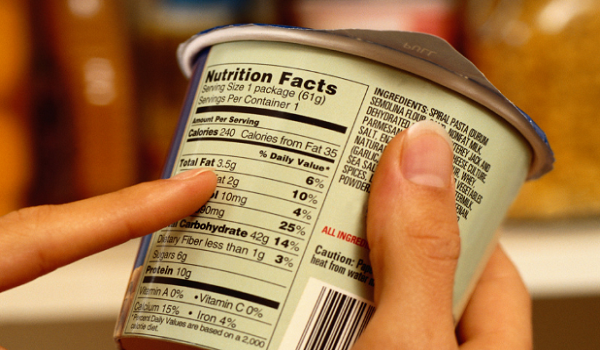India’s food regulator, FSSAI, is now emphasizing the need for clearer labelling on packaged foods, focusing specifically on sugar, salt, and fat content. This move, however, is less stringent than previous proposals, which included visual indicators of healthy and unhealthy foods or front-of-pack sugar-salt-fat declarations.
Critics argue that the current measure may not be effective if companies can obscure information using recommended dietary allowance figures. Despite these concerns, many food companies are already reducing the sugar and salt content of their products and seeing improved financial performance as a result. Indian consumers appear to be ahead of regulatory bodies in their shift towards healthier eating habits.
With declining poverty, a larger portion of the population is now able to meet their energy needs with unprocessed foods. Processed food companies are responding by aligning their ingredient mixes with international standards, despite Indian regulations lagging behind.
Some companies are using labelling to raise awareness about the health risks associated with non-communicable diseases like diabetes and hypertension, and the new labelling rules aim to bring more companies in line with these practices.
However, awareness alone is not enough; the link between health and profits needs to be better established. Major players with an international presence are already pushing for these changes, and the processed food industry as a whole is likely to follow suit. The sheer size of the Indian market makes it difficult for companies to rely on regulatory loopholes indefinitely.
The momentum for self-regulation is growing, allowing the Government of India (GoI) to reduce direct intervention. While critics call for stricter rules, given the increasing penetration of packaged foods, their demands for progressively tighter regulations are valid as consumption continues to rise.


